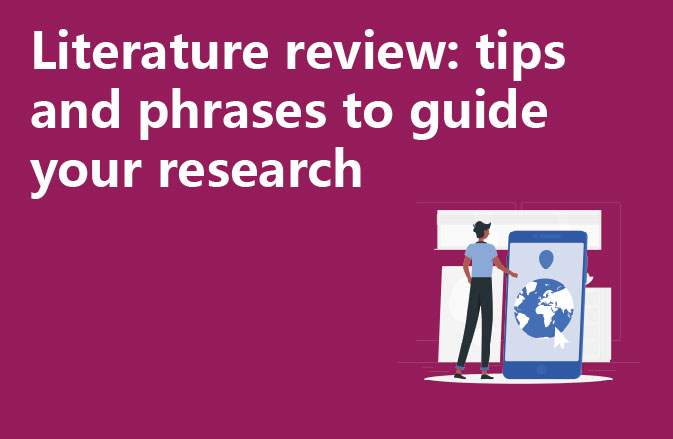Ever wondered about the secrets behind pinning literature reviews? Well, I’ve brought you some insights that can be easily navigated, even if they seem a bit daunting at first glance. Believe me when I say that writing an impressive literature review is more than just the one-size-fits-all exercise of summarising what someone else has written – it’s much more than that.
What I mean is that a solid literature review should critically assess past studies while highlighting their shortcomings. Why? Because it’s only by showing the holes in existing theories that your own research can establish its importance. So before you start writing yours, take some time to think about why you’re doing it. What does it say about your field of knowledge?
Now, let’s be practical. Here’s how you can structure your literature review (keep in mind that this process may vary depending on your topic):
Introduction:
● Define your topic and provide context for reviewing the literature.
● Present your argument (point of view/opinion).
● Explain the organisation of the review (sequence) and exclude or include certain material. In the example of our study of childhood obesity, you might argue that most studies on adult obesity would not be scrutinised because our focus is specifically on children.
Subjects:
● Critically analyse literature under a common theme.
● Extract insights from your chosen topic and its wider field, e.g. investigating the links between childhood obesity and obesity in general.
● Stick to the details of your research after a broad overview.
Conclusion:
● Summarise essential aspects of the existing literature.
● Judge the current state of academic knowledge.
● Identify significant gaps or shortcomings.
● Mention your future study plans.
Don’t forget these golden rules for writing a literature review:
● It should not be a descriptive list. Definitely not a summary of every blurb you find about your topic.
● It’s not just a survey of all the articles written about your topic – it should guide your research with a clearly defined concept.
● It should demonstrate the established knowledge and opinions in your field, as well as their strengths and weaknesses. Don’t shy away from negative findings either, they add value too.
Just for fun, here are some useful academic terms, phrases, and words to use liberally in your review:
Previous literature: Use phrases such as “research indicates,” “previous research confirms,” and “many authors believe”
Limitations of previous studies: Consider saying, “Although many studies have focused on ___, the reasons behind ___ remain unclear,” or, “While early studies prioritise ___, the reasons behind ___ remain unclear. studies prioritize ___, a thorough investigation of ___ would be beneficial.”
– Research question: Express the question in words like: “Also, another direction worth exploring is ___. What role do factors like ___ play?” or “Again, understanding the relationship between ___ and ___ is critical and more research is needed.”
So there you have it, educators. Get ready to upgrade your literature review game, armed with these handy hints and phrases. Happy writing!




